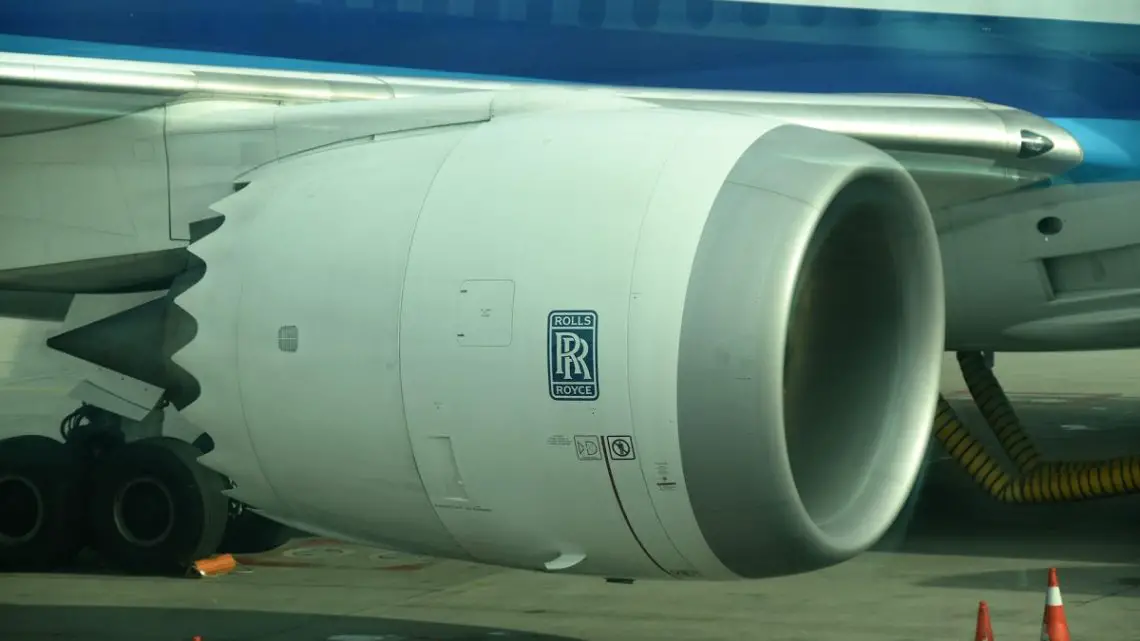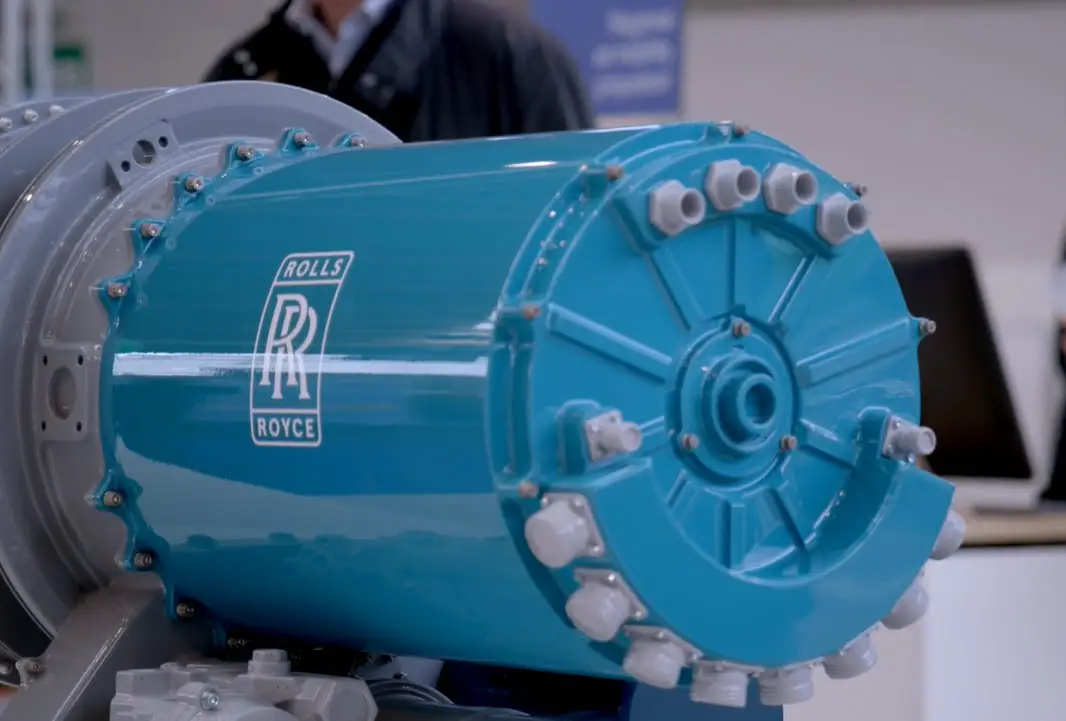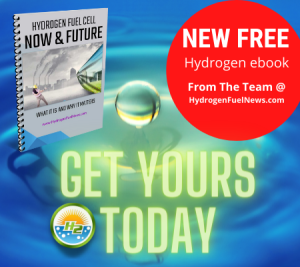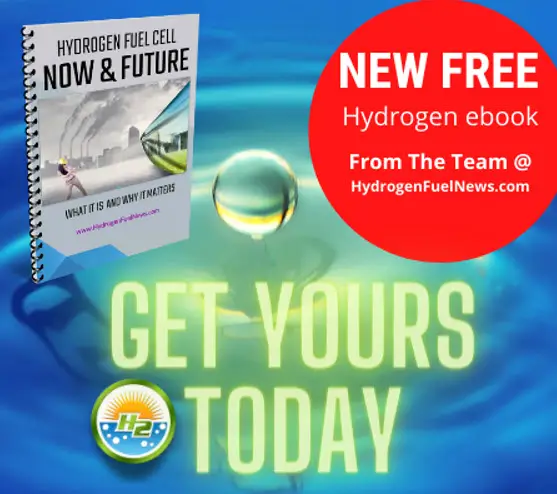
Rolls-Royce successfully tests hydrogen jet engine
November 30, 2022The British company achieved a major clean aviation milestone.
Rolls-Royce successfully tested a hydrogen jet engine, which was a major breakthrough for the aviation industry as this was the first time ever that hydrogen fuel was used to successfully power a conventional aircraft engine.
The test was conducted on a Rolls-Royce AE 2100-A airplane engine.
The converted Rolls-Royce AE 2100-A airplane engine was powered by hydrogen fuel produced from tidal and wind power. The converted hydrogen jet engine was built in collaboration with easyJet.

Image credit: https://vimeo.com/rollsroyceplc
After the successful first test, which included a series of ground tests, both companies are planning a second set of tests. In its project with easyJet, Rolls-Royce intends to move on to “rig tests” and follow this with a full-scale ground test with a Rolls-Royce Peral 15 jet engine. The objective is to eventually use one of the converted engines on a flying aircraft.
follow this with a full-scale ground test with a Rolls-Royce Peral 15 jet engine. The objective is to eventually use one of the converted engines on a flying aircraft.
Though it’s early days yet, the successful hydrogen jet engine test offers a lot of promise for the aviation industry.
Combating greenhouse gas emissions is no easy feat for the highly polluting aviation industry. Some research estimates that a single long-haul flight generates more carbon emissions than one person produces annually. With tens of millions of flights occurring globally each year, conventional jet fuel is a huge contributor of fossil fuel emissions.
The benefit of using hydrogen to power airlines is that it does not emit greenhouse gases. This is one of the reasons why some researchers believe H2 can be a viable power source alternative for several types of transportation industries in need of decarbonization, such as planes, trains, trucks, ships, and cars.
Of course, one of the primary challenges of using hydrogen is that the majority of today’s hydrogen production methods involve the use of fossil fuels. The only way for the fuel to truly green-up the aviation industry is to be produced through renewable sources that do not harm the environment. This is why Rolls-Royce’s recent successful test is so noteworthy, as the hydrogen used was produced by renewable electricity.
Rolls-Royce CTO Grazia Vittadini said in a statement abut the hydrogen jet engine conversion test, that its success is an exciting milestone. It is another step toward the goal of decarbonizing air travel. Vittadini believes that it “could help reshape the future of flight.”
Vote here for our GH2 poll, your opinion matters – What do you think is the BIGGEST problem stopping the world from using more green hydrogen?[forminator_poll id=”56145″]



 With over 15 years of reporting hydrogen news, we are your premier source for the latest updates and insights in hydrogen and renewable energy.
With over 15 years of reporting hydrogen news, we are your premier source for the latest updates and insights in hydrogen and renewable energy.
The first prototype jet engines (German)
Hydrogen is the easiest fuel to burn, burning over a wide range of fuel air ratios
Well done Rolls Royce in their continued successes in transformational engineering in so many spheres and over so many years.
When will Rolls Royce build hydrogen powered cars?
Dysfunctional wind and solar power plants (WASPPs) are not the only source of greenH2; so are nuclear power plants (NPPs). In the case of Rolls-Royce SMR Ltd, the NPPs come in the form of a 470 MWe small modular reactor (SMR).
These will be operational in 2029 and, in combination with high temperature steam electrolysis (HTSE) plant can manufacture hydrogen at 27 kg/MWh [equivalent], compared to 18 kg/MWh for WASPPs combined with conventional electrolysers.
It’s near 100% certain that R-R aero engines will be supplied with R-R SMR manufactured greenH2 (also known as nuclear enabled hydrogen [NEH])